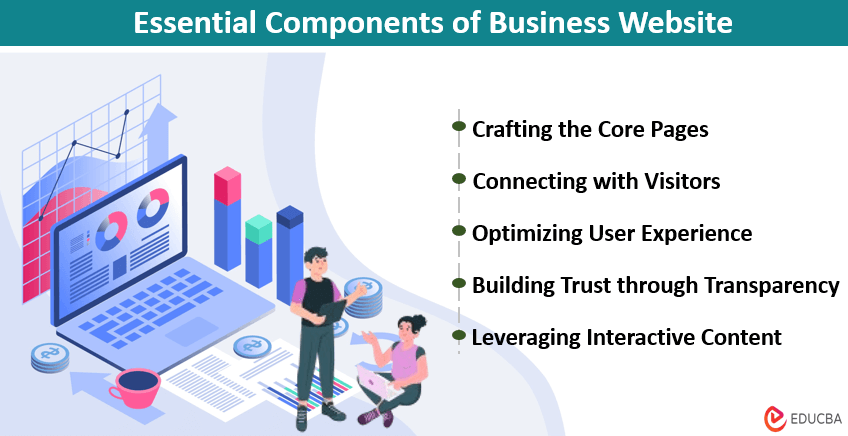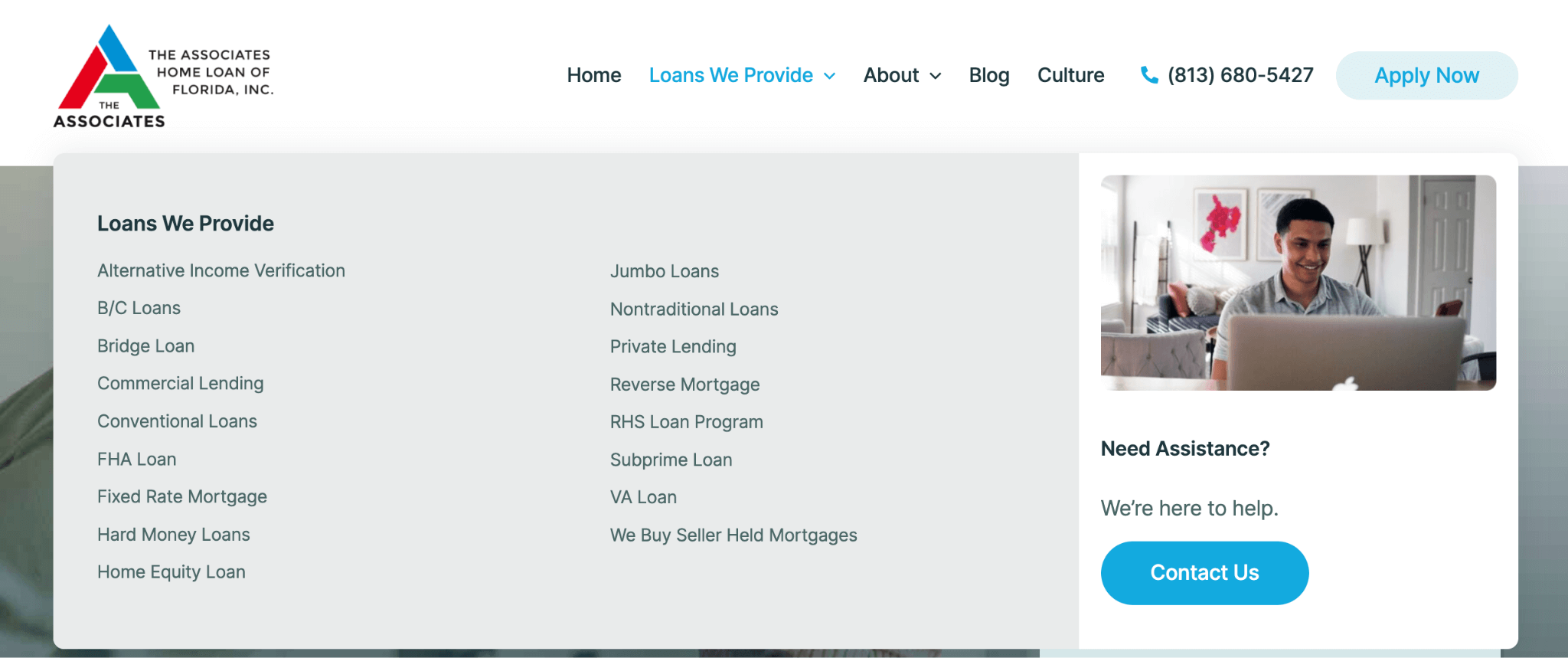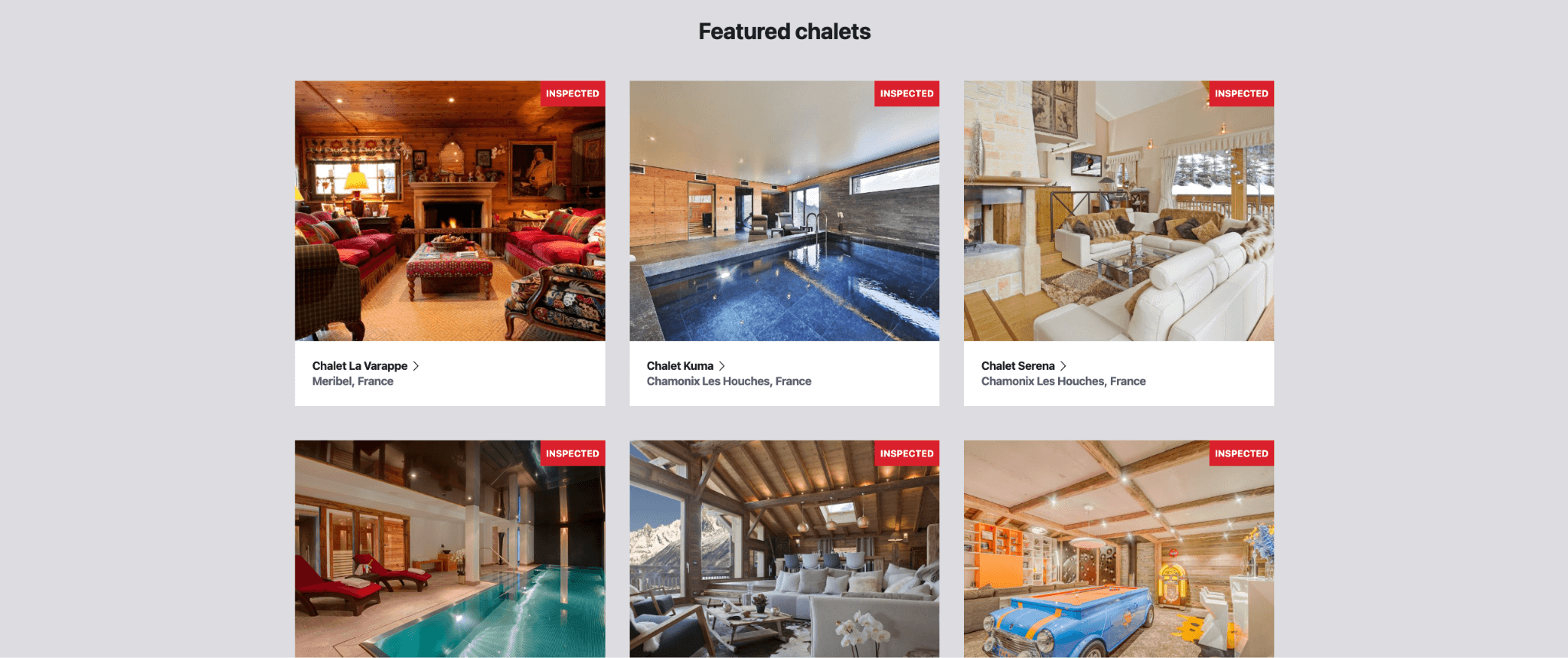
Components of a Business Website – Introduction
Today, having an effective business website is crucial for success. It serves as the online face of your company, allowing you to establish a strong online presence and connect with your target audience. A well-designed website can significantly boost customer engagement and drive growth for your business. But what are the essential components that make a successful business website? From a captivating homepage that grabs attention to purposeful sections that showcase your products or services, every element plays a vital role. In this guide, we will explore the essential components of a business website, ensuring that you have all the necessary tools to create an impactful online presence.
7 Essential Components of a Business Website
To create a compelling online presence, consider incorporating these essential components of a business website into your company’s website. Start with an engaging homepage that captures visitors’ attention right away. Use captivating visuals and concise messaging to convey what sets your business apart.
An About Us page is essential for establishing credibility and building trust with potential customers. Share information about your company’s history, mission, and values to connect with your target audience on a deeper level.
Make it easy for visitors to get in touch by including a Contact Us page with clear contact information or a contact form. This enables potential clients to reach out easily if they have any questions or inquiries.
Showcasing positive customer experiences through testimonials helps build trust and confidence in your products or services. Consider featuring testimonials from satisfied customers who can vouch for the quality of what you offer. Take inspiration from V. Sattui Winery, which effectively displays testimonials from various platforms such as Google, Yelp, and TripAdvisor, leveraging diverse customer voices to reinforce trust in their offerings. Similarly, other travel-related websites can even embed TripAdvisor reviews or other reviews on their website. This way, potential customers can better understand the quality of your services and feel more confident in their decision to book with you.
(Image Source: V. Sattui)
A Services or Products page provides detailed information about what you offer, helping potential customers understand how you can meet their needs or solve their problems. Also, embedding Google Reviews on your website can boost your website performance.
1. Crafting the Core Pages
➔ About Us Page Essentials
One of the essential components is the “About Us” page. This page serves as an opportunity to introduce your company and build trust with potential customers. To create an effective “About Us” page, consider including the following essentials:
- Share a brief overview of how your company started, its journey so far, and any significant milestones or achievements.
- Clearly communicate your brand’s mission and core values. This helps convey your company’s identity and what sets it apart from others in the industry.
- Adding personal touches to your “About Us” page by showcasing team member profiles can help humanize your brand. It allows visitors to connect with the faces behind the business and builds credibility.
➔ Designing an Informative Landing Page
Your landing page plays a crucial role in capturing visitors’ attention and encouraging them to take action. Here are some key elements to consider when designing an informative landing page:
- Craft a compelling headline that grabs attention and clearly communicates your value proposition. Use subheadings to break down information into easily digestible sections.
- Keep your copy concise yet persuasive, focusing on the key benefits of your product or service. Use language that resonates with your target audience.
- Incorporate eye-catching visuals such as high-quality images or engaging videos that enhance user engagement. Visuals can help tell a story about your offering or showcase its features in action.
Consider the profile website of Dr. Jay Calvert as an example. Their adept use of high-quality images showcases how visuals can enrich the user experience, effectively illustrating your offering’s story or demonstrating its features with simplicity.
(Image Source: DrCalvert)
➔ Importance of a Contact Us Page
The Contact Us page is often overlooked but is equally important for providing potential customers with convenient ways to reach out.
2. Engaging and Connecting with Visitors
➔ Incorporating Human-Centric Content
To truly engage visitors on your business website, it’s essential to incorporate human-centric content. This means addressing customers’ pain points and providing solutions through your content. By understanding what challenges your target audience faces, you can create valuable resources that resonate with them.
For example, if you run a fitness blog, you could write articles about common workout mistakes and how to avoid them. Using relatable language and storytelling techniques is also crucial in connecting with the audience. By sharing personal experiences or anecdotes, you can establish a sense of authenticity and build trust.
➔ Showcasing Customer Success Stories
Another effective way to engage visitors is by showcasing customer success stories on your website. Sharing real-life examples of how your product or service has benefited customers helps build trust and credibility. Consider including testimonials from satisfied clients, case studies that highlight specific results achieved, or reviews that showcase positive feedback. When potential customers see the positive impact you have had on others, they are more likely to trust in your offerings.
➔ Utilizing Bonding Language
Utilizing bonding language is key to creating a connection with your website visitors. Instead of solely focusing on selling products or services, use inclusive and conversational language that makes visitors feel valued and understood. This approach helps foster relationships with your audience rather than coming across as purely transactional.
For instance, instead of saying “Buy now,” consider using phrases like “Join our community” or “Let’s embark on this journey together.” By emphasizing the shared experience and building a sense of belonging, you can encourage visitors to engage further with your brand.
3. Optimizing User Experience
➔ Clear Calls to Action
One essential component for your business website is clear calls to action. These are visually appealing buttons or links that guide visitors toward desired actions. By placing prominent calls to action throughout your website, you can effectively direct users to take the next step.
For example, a call to action button with persuasive language like “Sign Up Now” or “Get Started” can encourage users to click and engage with your business.
➔ Improving Header & Menu Design
Another important aspect of optimizing user experience is improving the header and menu design of your website. A clean and organized header design ensures easy navigation for visitors. It’s crucial to use clear labels and dropdown menus so that users can intuitively find what they are looking for. With an intuitive menu design, visitors will have a positive experience exploring your website.
For example, The Associates of Home Loan only adds a clear dropdown menu covering loan types coupled with clear CTAs in the form of an ‘Apply Now’ button and a prominently displayed phone number, contributing to a simple and user-friendly interface.
(Image Source: Associateshomeloan)
➔ Enhancing Footer Functionality
Don’t overlook the importance of enhancing footer functionality on your business website. The footer section provides an opportunity to include important links such as privacy policy, terms of service, or even contact information. By including these elements in the footer, you make them easily accessible to users no matter where they are on your site. Adding a subscribe button allows visitors to stay connected with your business by receiving updates or newsletters.
4. Building Trust through Transparency
➔ Highlighting Core Values
Clearly stating your company’s values and how they align with customer needs and expectations is an effective way to build trust. When customers understand what drives your business and see that it aligns with their own values, they are more likely to feel confident in choosing your products or services.
➔ Managing Contact Expectations
Setting clear response time expectations for customer inquiries is vital in managing contact expectations. When customers reach out to you, they want to know when they can expect a response. By providing this information upfront, you show that you value their time and are committed to addressing their concerns promptly. Offering alternative contact methods in case of delays or unavailability ensures that customers have options for reaching out to you.
➔ Implementing an FAQ Section
Anticipating common customer questions and providing detailed answers through an FAQ section demonstrates transparency. By organizing FAQs into categories for easy navigation, customers can quickly find the information they need without having to search extensively. This not only saves them time but also shows that you are proactive in addressing their concerns.
5. Leveraging Visual and Interactive Content
➔ Using Images Effectively
Quality and relevance are key. Choose high-quality images that align with your brand and content. These images should capture the attention of your audience and convey the message you want to communicate. Optimize image sizes to ensure faster loading times without sacrificing quality. This will help improve the overall user experience on your website.
Imagine you are running a travel site or a place to book hotels or stays. It’s super important to use really attractive pictures that make people want to stay and also show that the places are safe. Take a look at how Chaletowners.com does it: they use really nice pictures of different scenes and add badges that say ‘Inspected.’ It’s their way of saying, ‘Hey, we have checked these places out; they are good to go!’
(Image Source: Chaletowners)
➔ Creating Engaging Videos
Videos have become a popular medium for businesses to showcase their products, services, and expertise. When creating videos for your website, keep them concise and engaging. Capture the viewer’s interest from the start by delivering valuable insights or showcasing your offerings in action. Remember that attention spans are short, so make sure your videos deliver value quickly.
➔ Encouraging User Feedback on Features
Your customers’ opinions matter. Provide opportunities for users to provide feedback on different features of your website. Actively seek input from customers to gain insights into their needs and preferences. By incorporating their suggestions into the development process, you can create a more customer-centric website that meets their expectations.
6. Accessibility and Performance Enhancement
➔ Enhancing User Accessibility
Ensuring that your business website is accessible to all users, including those with disabilities, is crucial. By implementing features such as alt text for images and keyboard navigation, you can make your website more user-friendly for individuals who rely on screen readers or have limited mobility. Providing options for font size adjustment and color contrast customization allows users to personalize their browsing experience based on their specific needs.
For example, by adding alt text to images, visually impaired users can understand the content of an image through screen reader software. Similarly, keyboard navigation enables individuals who cannot use a mouse to navigate through your website using only the keyboard.
➔ Exploring Advanced Features for Performance
Implementing caching and compression techniques helps improve loading speed by storing certain elements of your website locally on the user’s device or server. This reduces the need for repeated requests to the server when accessing your site.
Furthermore, utilizing content delivery networks (CDNs) can significantly enhance performance by distributing your website’s content across multiple servers located in different geographic regions. This ensures that users from various locations experience faster content delivery due to reduced latency.
According to recent studies, 40% of internet users abandon a website that takes more than three seconds to load. Therefore, optimizing your website’s performance not only improves user experience but also increases the likelihood of visitors staying on your site longer.
➔ Designing an Impactful Logo
A visually appealing and memorable logo plays a vital role in branding and creating a strong online presence for your business. Your logo should represent your brand identity and resonate with your target audience. It should be unique and easily recognizable so that it leaves a lasting impression in the minds of potential customers.
Placing your logo prominently in the header and footer and consistently across all pages reinforces brand recognition and maintains a unified look across your website. Take a cue from i5Design—they effectively position their logo throughout their site, serving as a great example of how to strategically showcase your brand identity.
7. Conversion and Customer-Centric Strategies
➔ Maximizing Conversion with CTAs
Strategically placed call-to-action (CTA) buttons throughout your website can significantly impact conversion rates. These buttons prompt visitors to take specific actions, such as making a purchase or signing up for a newsletter. By testing different variations of CTAs, you can optimize their effectiveness and improve conversion rates even further.
➔ Crafting Customer-Centric Content
To truly connect with your customers, it’s crucial to tailor your content to address their needs, pain points, and interests. By understanding what matters most to them, you can create content that resonates and provides value.
For instance, let’s say you run an online fitness store. Instead of solely focusing on promoting products, consider providing informative articles or guides related to health and wellness topics. This approach positions you as a trusted source of knowledge while empowering customers with valuable information.
➔ Providing Educational Content
In addition to customer-centric content creation, offering educational resources related to your industry or niche is another effective way to engage your audience. Sharing informative articles, how-to guides, or tutorials showcases your expertise while helping customers solve problems or learn something new.
For instance, if you are in the tech industry, publishing tutorials on setting up software or troubleshooting common issues demonstrates your authority in the field. This type of educational content not only builds trust but also encourages visitors to return for more valuable information.
Final Thoughts
By focusing on the cornerstones, crafting core pages, engaging visitors, optimizing user experience, building trust, etc., you have the tools and components of a business website. This will help to create a website that will attract and convert customers. However, building a website is an ongoing process. Continuously monitor your site’s performance, gather feedback from users, and adapt to changing trends and technologies. Remember, your website is the digital face of your business. Keep it fresh, relevant, and user-friendly to stay ahead of the competition.
Frequently Asked Questions (FAQs)
Q1. What are the cornerstones of a business website?
Answer: The cornerstones of a business website are the essential components of a business website that form its foundation. These include a clear and compelling value proposition, user-friendly navigation, informative content, and strong branding elements.
Q2. How can I engage and connect with visitors on my business website?
Answer: To engage and connect with visitors, you can use interactive features like live chat or contact forms to encourage communication. Incorporating social media buttons and providing valuable content, such as blog posts or resources, will help foster engagement.
Recommended Articles
We hope you found this article listing the components of a business website useful. For similar content, check the following articles:




